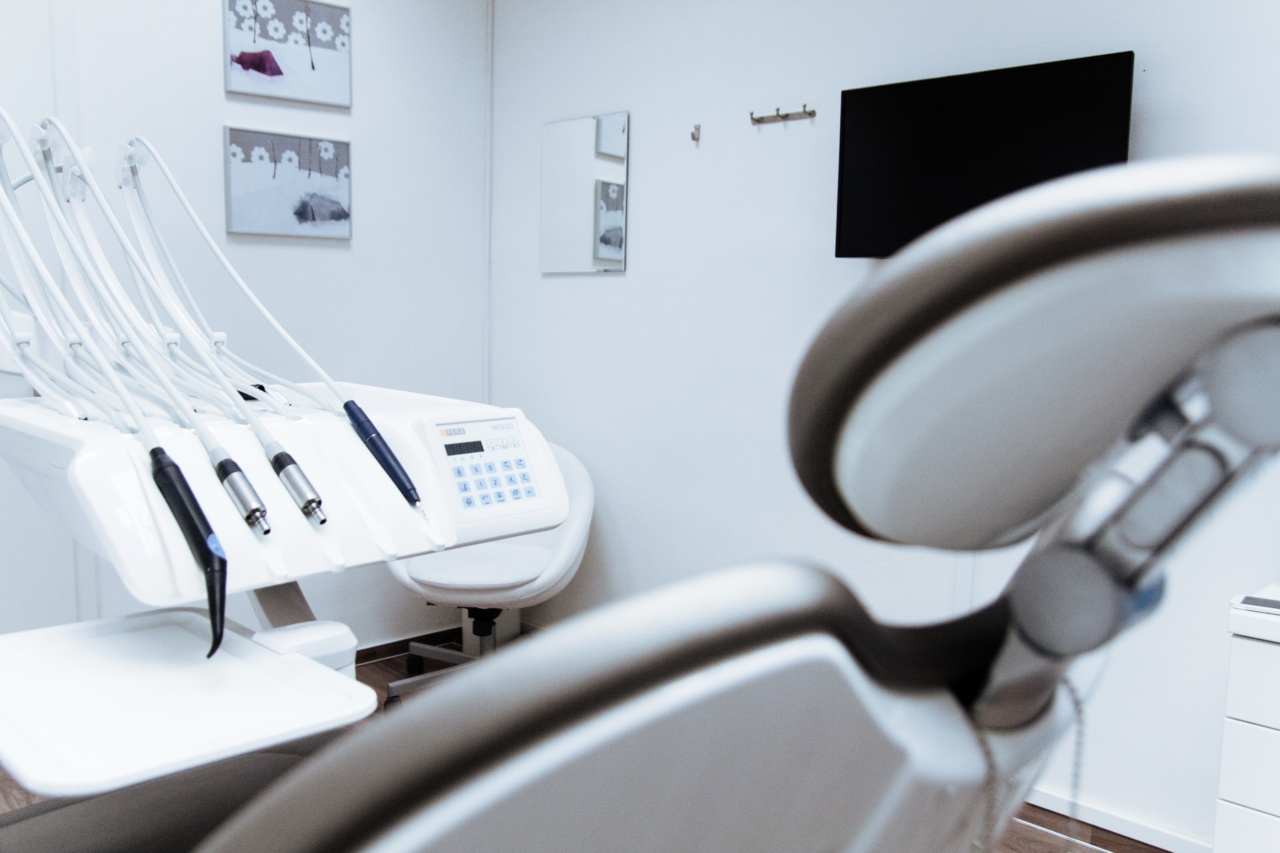Wrinkles are a natural part of the aging process and are often seen as a sign of maturity. However, they can also be an indication of certain health conditions or lifestyle habits.
In this article, we will explore the connection between wrinkles and health, and how certain factors can contribute to their formation.
What Causes Wrinkles?
Before delving into the connection between wrinkles and health, it is important to understand what causes wrinkles in the first place.
Wrinkles occur when the skin’s elasticity and collagen production decline, resulting in the development of fine lines, creases, and folds on the skin’s surface. The main factors that contribute to the formation of wrinkles include:.
1. Aging
Aging is the primary cause of wrinkles. As we age, our skin naturally becomes less elastic and collagen production slows down. This leads to the development of wrinkles, fine lines, and sagging skin.
While aging is inevitable, certain lifestyle choices and health conditions can accelerate the aging process.
2. Ultraviolet (UV) Exposure
Prolonged exposure to ultraviolet (UV) rays from the sun or tanning beds can significantly contribute to the development of wrinkles.
UV rays can penetrate the skin and damage its underlying structure, leading to the breakdown of collagen and elastin fibers. This damage accelerates the aging process and increases the risk of developing wrinkles at a younger age.
3. Smoking
Smoking is not only harmful to overall health, but it also contributes to the formation of wrinkles. The toxins present in cigarette smoke can narrow blood vessels and restrict blood flow to the skin.
This hampers the delivery of oxygen and essential nutrients to the skin, leading to premature aging and the appearance of wrinkles.
4. Poor Nutrition
What we eat plays a significant role in our skin’s health and appearance. A diet lacking in essential nutrients, such as antioxidants, vitamins, and minerals, can contribute to the development of wrinkles.
These nutrients help fight oxidative stress and protect the skin from damage caused by free radicals. A diet rich in fruits, vegetables, whole grains, and lean proteins can promote healthy skin and slow down the aging process.
5. Genetic Factors
Genetic factors also influence the development of wrinkles. Some individuals may be naturally predisposed to have fewer or more prominent wrinkles based on their genetic makeup.
While we cannot control our genes, understanding our genetic predisposition can help us take proactive measures to prevent and minimize the appearance of wrinkles.
6. Dehydration and Dryness
Dehydrated and dry skin is more prone to developing wrinkles. When the skin lacks proper hydration, it becomes less plump and elastic, making it more susceptible to fine lines and wrinkles.
It is essential to drink an adequate amount of water and use moisturizers to keep the skin hydrated and maintain its elasticity.
7. Stress
Chronic stress can have a profound impact on our overall health, including our skin’s appearance. Stress releases hormones like cortisol, which can break down collagen and contribute to the formation of wrinkles.
Finding healthy ways to manage stress, such as practicing meditation or engaging in physical activity, can help promote youthful-looking skin.
8. Lack of Sleep
Adequate sleep is vital for maintaining overall health, and it also plays a role in our skin’s health. When we don’t get enough sleep, our body releases more cortisol, which can lead to collagen breakdown and the formation of wrinkles.
Aim for 7-9 hours of quality sleep each night to support the rejuvenation and repair processes of the skin.
9. Health Conditions
Several health conditions can contribute to the development or exacerbation of wrinkles. Conditions such as diabetes, obesity, and autoimmune diseases can affect the skin’s collagen production, elasticity, and overall health.
Managing these health conditions through proper treatment and lifestyle modifications can help minimize the impact on the skin.
10. Environmental Factors
Exposure to environmental pollutants and toxins can also accelerate the aging process and contribute to the appearance of wrinkles.
Air pollution, for example, contains harmful particles that can penetrate the skin and induce oxidative stress, leading to premature aging. Protecting the skin with sunscreen and avoiding heavily polluted areas can help reduce the impact of these environmental factors.
Conclusion
While wrinkles are a natural part of the aging process, various factors can contribute to their formation and make them more prominent.
Understanding the connection between wrinkles and health can be a valuable tool in taking proactive measures to slow down the aging process and maintain healthy, youthful-looking skin. By adopting a healthy lifestyle, protecting ourselves from harmful environmental factors, and managing underlying health conditions, we can help minimize the appearance of wrinkles and promote overall skin health.






























